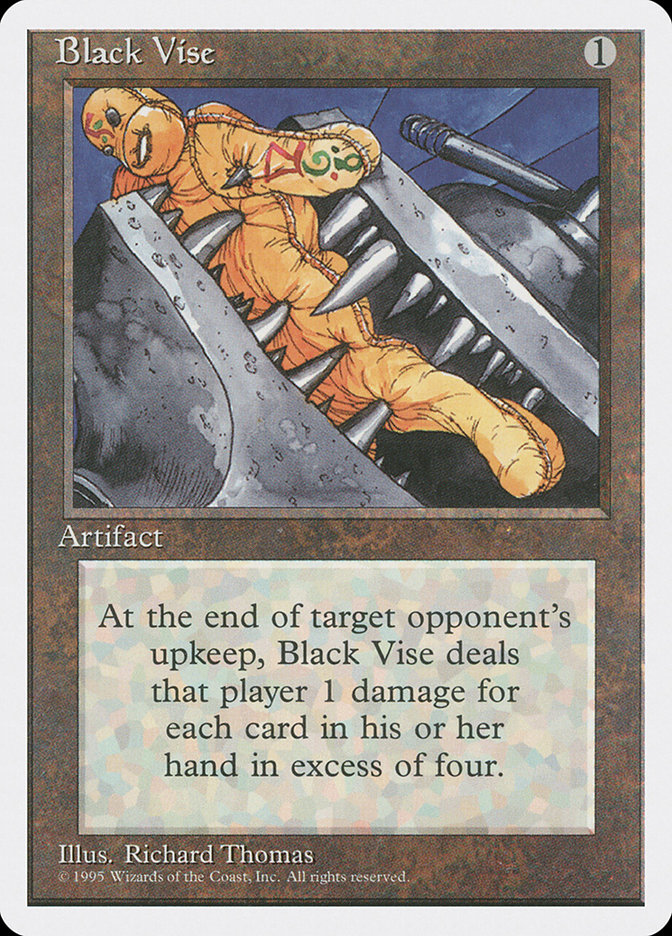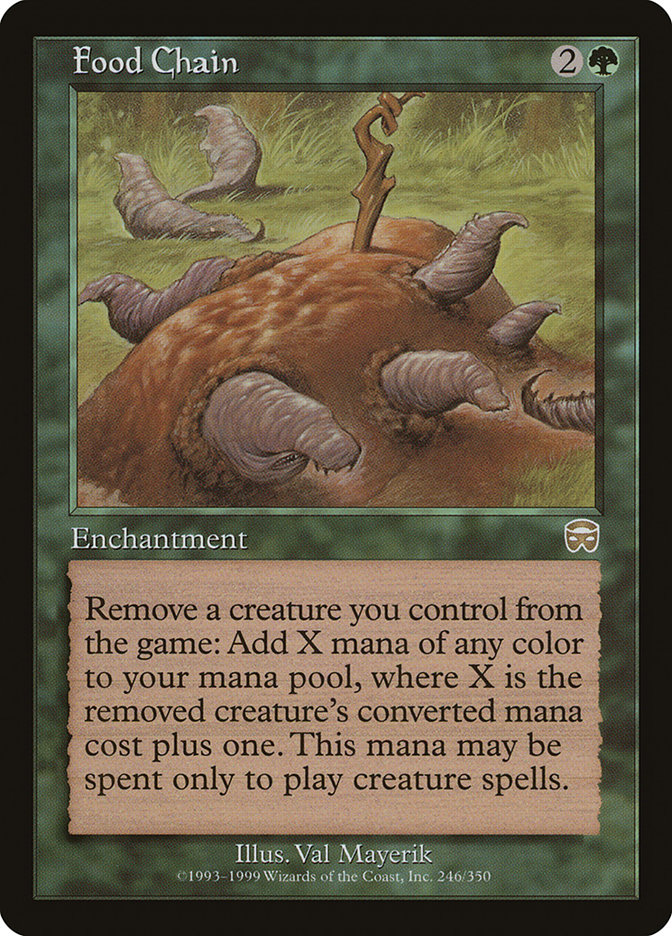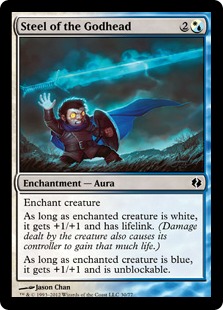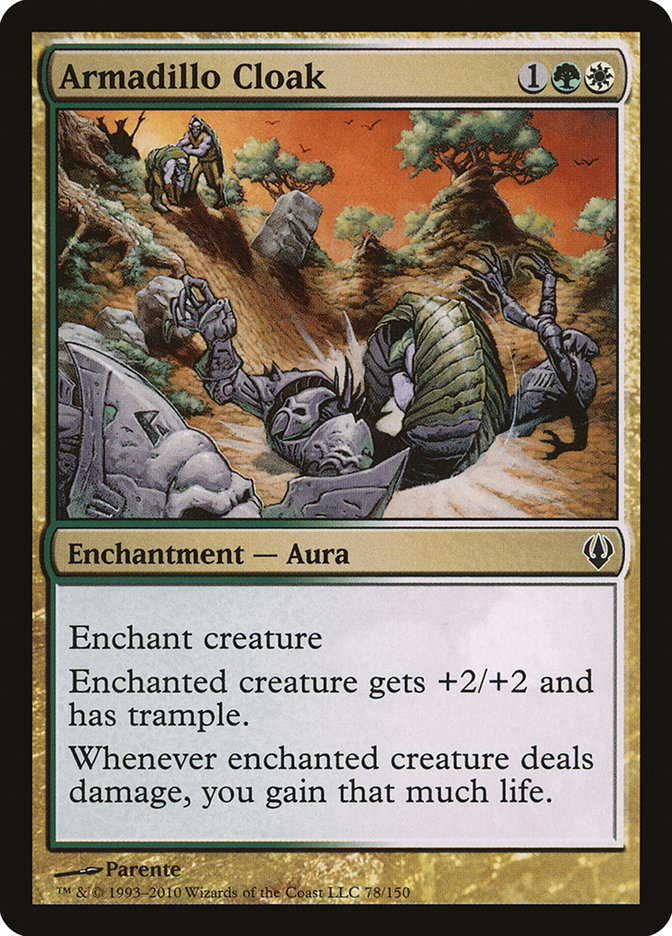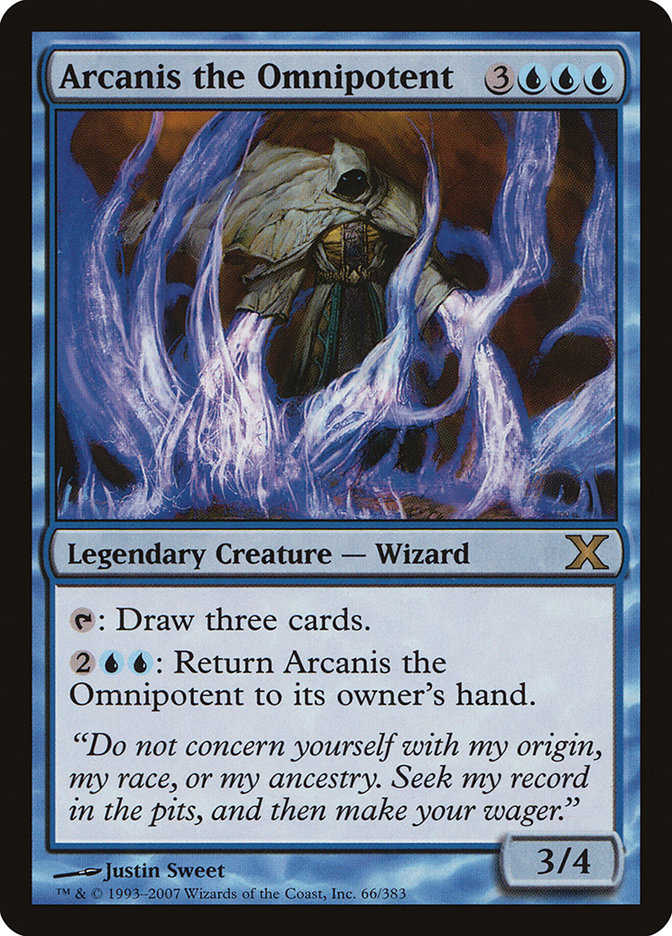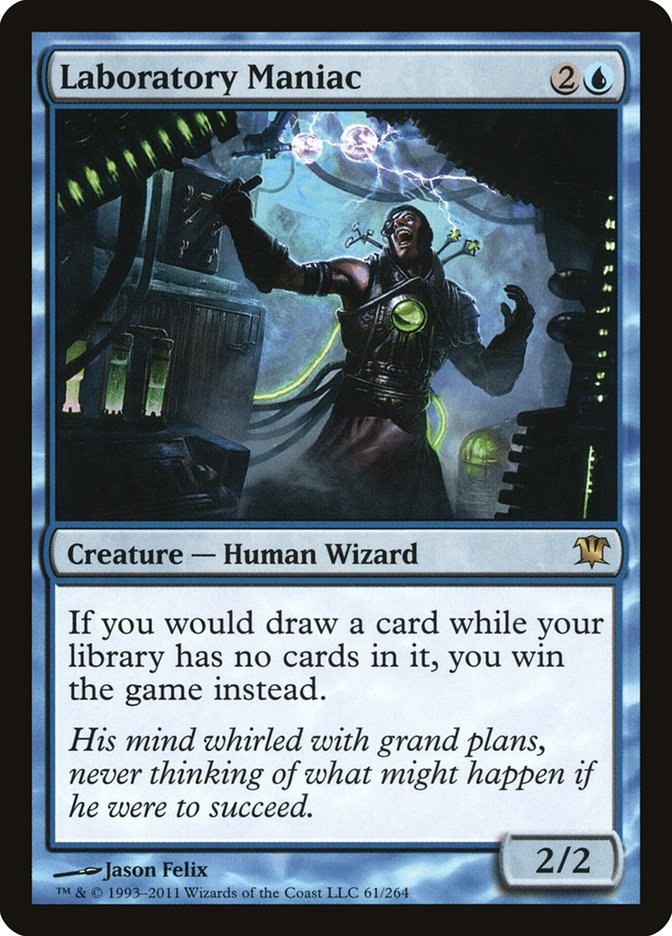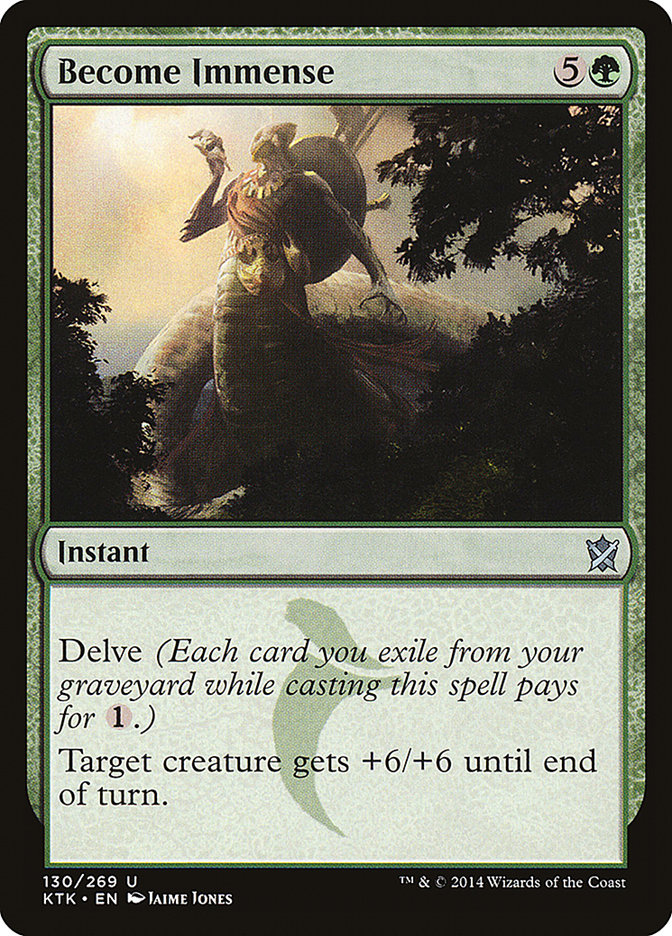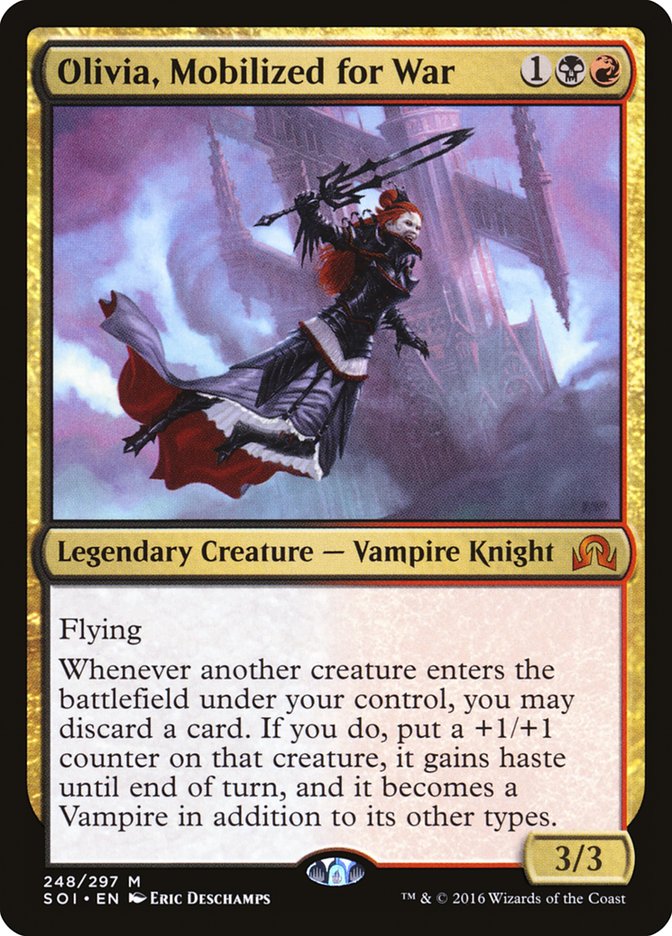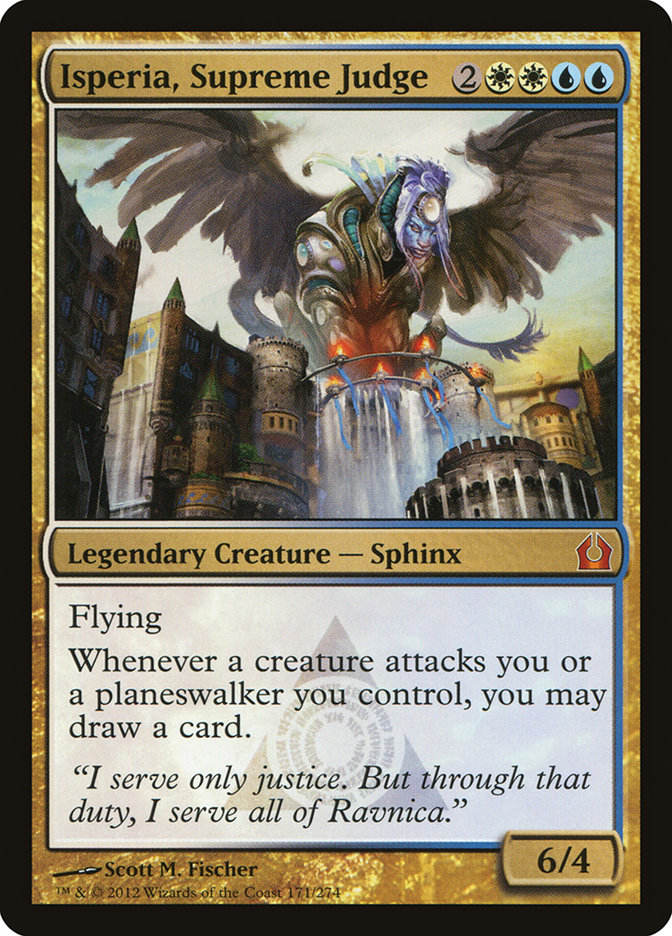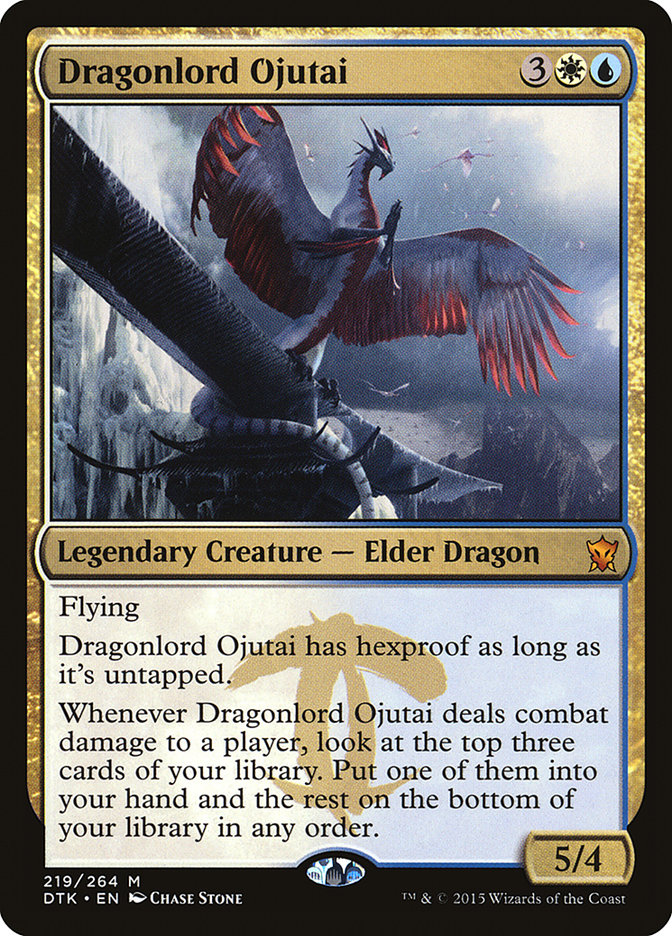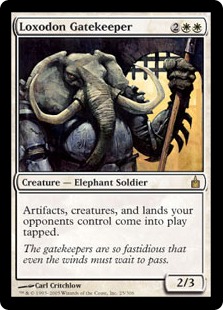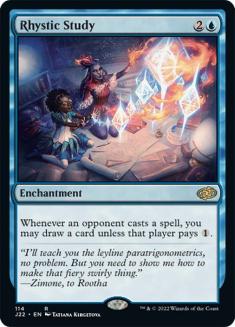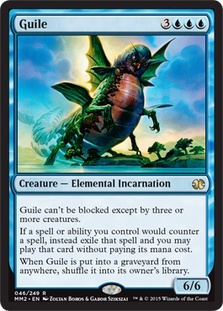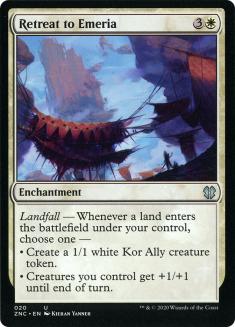Welcome to the second part of this series on variable numbers of players in your Commander games! Commander games most often range from three to six players, but what works effectively in these situations varies. Today I’m focusing on four-player games and why these are the established norm for Commander, finishing with a deck I prefer to use in four-player games.
The Established Norm
Four-player games have become the norm for multiplayer games. Why? Here are a few major reasons:
1) The time length for a four-player game to finish is reasonable.
2) Turns pass quickly enough that everyone is in the action without growing bored.
3) There is a balance of strategies available.
If you have played in a four-player game, think about it. If not, think about board games. Monopoly, Risk, Ticket to Ride, Sorry, Catan, and even Lords of Waterdeep all work best with four players to move the pace of the game along.
Overall the game does not take a huge amount of time. We all have lives and time is a precious resource (as anyone who played with or against the infamous Eggs deck knows). This influences and is influenced by the turn pacing in a four-player game. A four-player game may be a little slower than the three-player games I described last week, but that’s still a great pace. You pass a turn and don’t need to wait fifteen minutes for a turn to pass back. Heck, look at how the Commander VS. players pass their turns. The games move, nobody gets bored, nobody mentally checks out of the game, and nobody walks away.
One of the best parts of the four-player game is that you don’t need to answer every problem yourself. A three-player game can have a key piece like a Food Chain in a Prossh, Skyraider of Kher deck go unanswered and pretty much end the game (arbitrarily large mana between the two cards and infinite 0/1 Kobolds with lots of ways to win from there) right there.
Adding a fourth player significantly increases the chance of someone having a timely destroy or exile effect to disrupt the combo. This applies even outside of dedicated combos for Commander games, such as getting rid of a Purphoros, God of the Forge in a deck that makes tokens or an Ashnod’s Altar in a deck like Sek’Kuar, Deathkeeper to enable all sorts a shenanigans.
The best thing about four-player games is the breadth of available strategies. We have every multiplayer strategy open to use on roughly equal ground. You’ll see aggressive decks, combo decks (both dedicated fast combo and decks that use some combo as a finisher), control decks, midrange style decks, tempo-based or aggro-control decks, Stax or prison decks, and anything else you can create.
In Standard the difference between an aggressive deck and midrange is much more pronounced, but in Commander the difference is pretty limited. The same occurs when trying to nail down a tempo deck in Commander due to the difficult nature of trying to out-tempo three other players. For this discussion, these still break down into the three major archetypes of Aggro (with tempo and most midrange decks here), Combo, and Control (with the remainder of the midrange decks here).
Aggro
An aggressive deck with a low curve and a strategy of going wide with lots of little critters and tokens will frequently fail in a four-player game. As I said last week, the extra twenty life per player is a huge jump, and adding an extra 40 damage needed to win is a massive hurdle for the aggressive deck. The simplest solution: Voltron decks! Using the commander damage rule and some pump effects really helps the aggressive decks.
These effects are most commonly equipment like Sword of Feast and Famine or Sword of Fire and Ice or auras like Daybreak Coronet, Steel of the Godhead, or Armadillo Cloak. Green and white have some good aggressive options in Anthem effects (Glorious Anthem, or the new Always Watching or its counterpart Intangible Virtue) and the abundance of Overrun effects (Craterhoof Behemoth and Overwhelming Stampede are probably the most notorious for ending games out of nowhere) to making going wide and non-Voltron strategies viable options.
Combo
This strategy pretty much always works. Unlike a three-player game that I described last week, a four-player game has a slightly slower pace which enables a combo deck more time to get the critical pieces online. Certainly an Arcanis the Omnipotent combo deck using Mind of Matter and Laboratory Maniac won’t really care how many players are involved, since Mind of Matter untaps Arcanis to draw a boatload of cards and then the mana rocks and lands can be untapped in response to any disruption, generating mana for a counterspell. Laboratory Maniac gets cast in the same manner and Arcanis activates to deck yourself. Game.
This can be built to fire off extremely quickly and under quite a lot of pressure. Honestly, though, if that’s the game-plan, you aren’t really concerned with group size. The chances of someone having a key piece of removal goes up, but it is definitely something that can be worked around if this is your strategy.
Outside dedicated combo decks, there are many people who argue that every Commander deck must have a combo finisher available. I vehemently disagree with this statement, but in a four-player game, the chances of someone drawing into a combo naturally to end the game goes up; this combo might something as well-known as Kiki-Jiki, Mirror Breaker and Zealous Conscripts (Kiki-Jiki copies Conscripts, which targets Kiki-Jiki, so you untap it and have the original and a copied Conscripts; repeat to infinity and beyond) or something like enchanting Benthic Infiltrator with Bear Umbra and using Aggravated Assault to have infinite combat phases. These combo cards could even all be in the deck to advance the theme or goal and not be a dedicated combination…but then it’s turn 10 or so and suddenly the combat triggers deck with Surrak Dragonclaw just wins on the spot.
Control
At last, control decks step into the light. Where a control deck in a three-person game has to fear being taken out before getting stable, a four-player game offers more time. Now an Akroma’s Vengeance or Descend upon the Sinful can be resolved if you miss a land drop; now Desertion and Aether Snatch have a chance to shine. An important note for many players: not every control deck is blue and not every blue deck is control. Boros control, Mardu control, Sultai control, and even mono-green control lists exist for Commander.
Back on topic, the extra time means that bigger plays and card advantage can matter in a game. It’s not that card advantage doesn’t matter in a smaller games, but think of it like a Burn matchup. If you are dead on turn 4 or 5, is drawing cards on the turn you lose the best use of your resources? This issue is partially resolved by the larger game.
Game Expectations
When the games start to shake out, you can expect a couple of situations to generally occur in four-player games. The first, and most desired, is that the entire game remains a free-for-all. This is the default assumption for Commander games, but what I mean here is that the player who is The Threat to the table changes frequently, ideally every turn. No one gets into a commanding lead and everyone is battling. Then some epic play busts the game open.
Another scenario that is frequent in a four-player game is an Archenemy situation. At some point one player becomes Loki and the whole rest of the table band together like Avengers to take them down. While I do not particularly enjoy this gameplay, Archenemy setups are fun for many people when the whole table has to gang up; I will note that this leads to some crazy stories where stuff like Become Immense gets cast on someone else’s commander in order to help take down the Archenemy.
The final scenario that I’ve most often seen happen in a four player game is a two-on-two scenario. Why these occur is varied but my experience generally suggests either collusion or a strategic gameplay reason. Collusion ranges from best friends or a couple showing up and being podded together to a player outright saying “I’ll cover your dinner tonight if you help me.”
Quick aside: not every couple is like this. Many just come to play and some players in a relationship are like my girlfriend; if she can make me lose a game, she considers it a win (even if she could have won the game by taking someone else out first and leaving me alive for an extra turn or two in an unwinnable situation, and yes, this happened).
The same aside applies to best friends; my closest friends at my LGS are almost always the opponents who most want me to lose and vice versa, since one of us losing will likely greatly increase the chances of the other winning.
The strategic move comes into a two-on-two game in a scenario where players cannot deal with certain permanents or strategies. For example, an Olivia, Mobilized for War deck is not going to do very well at handling an Enchantress-style deck (named after the Argothian Enchantress, Verduran Enchantress and Mesa Enchantress cards that help power enchantment-heavy decks). So the player piloting Olivia 2.0 recognizes this and works with player running Sigarda, Heron’s Grace to try to stop the Enchantress player.
Meanwhile, the Enchantress player is under pressure (cue music). You’re running Archangel Avacyn and know that you can’t beat Olivia 2.0 and Sigarda 2.0 right now; your best chance of winning is to help keep the Enchantress deck alive until one of your other opponents falls. Deck dynamics are fun like that.
My Recommendation
What is the deck I suggest in this case? How about going all Judge Dredd on the table and bringing some law? Or law magic! Azorius time. I think W/U decks have a lot of options in card drawing, counters, sweepers, card drawing, spot removal, evasion, card drawing, artifact and enchantment removal, and card drawing. Given a lot of unknowns, it isn’t too difficult a task to build a well-rounded Azorius deck to bring the table to justice.
Note: I like drawing cards and I like counters. If that is all your deck can pull off, you are not going to do well, and unless the plan is to troll the table, you have no shot of winning.
To combat my tendency to build decks that can deck themselves, I prefer a more aggressive build to my Azorius Control deck. The most controlling is Grand Arbiter Augustin IV, but this card aggravates opponents like no one’s business and has a terrible (earned) reputation among Commander players for heading Stax-style decks with stuff like Sphere of Resistance, Smokestack, Rule of Law, and other cards that really hamper the table. That was a no-go for me.
Isperia, Supreme Judge is a finisher and source of card advantage. No complaints from me on this one, but the card basically screams, “I want to counter your plays!” to the table. Maybe another time. Isperia the Inscrutable is really fun, a tutor engine for evasive critters, and a reason to play Telepathy, Urza’s Glasses, Peek, and some off-the-wall double strike cards, but I did that back in college and wanted to go a different route, plus the cards needed to make Isperia 1.0 work eat up more room in the deck than I wanted for this build.
Khans block has come cool stuff. Ojutai, Soul of Winter? Uh… pass. Dragonlord Ojutai? This is a card I can work with, even though Dragonlord Ojutai is an awful Elder Dragon (not a 7/7, two colors of mana…seems like a regular adult or young adult dragon to me). This card is a house in Standard and still a beast in Commander. On to the deck!
Theme Mechanics
The basic theme is to control the battlefield where possible. Sweepers and spot removal complement the counterspells to keep everything manageable. There are several disruptive elements to the deck: trying to hit graveyards, slowing down opponents, and stealing their shiny toys. Dragonlord Ojutai provides a reasonable clock and some card selection and advantage along the way.
Gameplan
This is simple. Disrupt key plays and generate card advantage. The Imposing Sovereign and Loxodon Gatekeeper slow things down for opponents, Rest in Peace helps hurt graveyard based strategies, and Rhystic Study either slows down my opponents or gives me cards. Guile upgrades all my counterspells and is hard to block. Finally, Retreat to Emeria is a fun card that has become a beloved addition to many decks since Battle for Zendikar was released.
Getting tokens for playing lands is great. Getting mini-Overruns for playing lands is great. I run more fetches than normal in the deck to get more value off Retreat to Emeria and its partner Retreat to Coralhelm, which can even save Ojutai from removal with a fetchland activation in response to a removal spell. (Aside on removal: the new Anguished Unmaking is absolutely bonkers for Commander games. Sure, it can’t hit a Cabal Coffers, but this card nails every other annoying thing on the battlefield. The loss of life is negligible and completely worth it for an instant-speed Vindicate or a Phyrexian mana version of Utter End.)
Also, the deck has an adorable little combo I want to pull off: Hedron Crab, Ruin Ghost, and the aforementioned Retreat to Coralhelm. The Retreat untaps the Ghost so you can keep blinking a Plains, which comes back untapped
My Build Explained
The ramp cards just help get the deck up and running. Got that out of the way. Counterspells stop things that would either make me lose the game or catapult an opponent too far into a lead. Most of these are straightforward, but Overwhelming Intellect is spectacularly fun, especially with the new Eldrazi titans. Other counterspells that are extremely fun to use are Mystic Confluence to do all the things, Spell Crumple and Hinder, and Swan Song because so many people forget about it in Commander games.
Outside counters, the deck answers cards with spot removal, sweepers (yay, Perilous Vault for everything and End Hostilities for Voltron decks), and planeswalkers. Elspeth, Sun’s Champion does a lot of work wiping the battlefield and making a horde of soldiers. Jace Beleren just helps get cards and is a new addition.
To help stay alive, the Imposing Sovereign and Loxodon Gatekeeper help. Propaganda and Ghostly Prison assist with hordes of critters, while Wall of Denial, Azorius Guildmage, and Intrepid Hero help manage and remove attackers. Cards like Stormtide Leviathan and Seht’s Tiger either make attacking impossible or stop the damage, Seht’s Tiger also works great against giant X spells like Earthquake.
The deck rounds out with some card draw and utility. In the current Commander age with the Gods from Theros and growing numbers of indestructible permanents, I really prefer stuff like Radiant Purge and Return to Dust.
This deck is a simple skeleton of card draw, sweepers, spot removal, utility answers, and artifact mana. If you like the deck, then give it a try. This is not a locked-in list, so feel free to make changes for your meta or your card pool.
The Deck
Creatures (17)
- 1 Solemn Simulacrum
- 1 Intrepid Hero
- 1 Fog Bank
- 1 Soltari Visionary
- 1 Loxodon Gatekeeper
- 1 Azorius Guildmage
- 1 Seht's Tiger
- 1 Guile
- 1 Wall of Denial
- 1 Hedron Crab
- 1 Ruin Ghost
- 1 Mnemonic Wall
- 1 Stormtide Leviathan
- 1 Wurmcoil Engine
- 1 Snapcaster Mage
- 1 Imposing Sovereign
- 1 Reflector Mage
Planeswalkers (2)
Lands (38)
- 5 Plains
- 1 Adarkar Wastes
- 1 Kor Haven
- 9 Island
- 1 Tundra
- 1 Windswept Heath
- 1 Polluted Delta
- 1 Flooded Strand
- 1 Temple of the False God
- 1 Dust Bowl
- 1 Azorius Chancery
- 1 Ghost Quarter
- 1 Hallowed Fountain
- 1 Calciform Pools
- 1 Terramorphic Expanse
- 1 Mystic Gate
- 1 Esper Panorama
- 1 Reliquary Tower
- 1 Scalding Tarn
- 1 Tectonic Edge
- 1 Evolving Wilds
- 1 Command Tower
- 1 Rogue's Passage
- 1 Opal Palace
- 1 Temple of Enlightenment
- 1 Prairie Stream
Spells (42)
- 1 Ghostly Prison
- 1 Hinder
- 1 Counterspell
- 1 Force of Will
- 1 Propaganda
- 1 Swords to Plowshares
- 1 Sol Ring
- 1 Dismiss
- 1 Rewind
- 1 Capsize
- 1 Darksteel Ingot
- 1 Wayfarer's Bauble
- 1 Talisman of Progress
- 1 Evacuation
- 1 Mystic Remora
- 1 Mind Stone
- 1 Rhystic Study
- 1 Rout
- 1 Absorb
- 1 Overwhelming Intellect
- 1 Pithing Needle
- 1 Azorius Signet
- 1 Return to Dust
- 1 Ponder
- 1 Negate
- 1 Path to Exile
- 1 Everflowing Chalice
- 1 Jace's Ingenuity
- 1 Preordain
- 1 Spell Crumple
- 1 Swiftfoot Boots
- 1 Sphinx's Revelation
- 1 Rest in Peace
- 1 Swan Song
- 1 Perilous Vault
- 1 End Hostilities
- 1 Treasure Cruise
- 1 Commander's Sphere
- 1 Radiant Purge
- 1 Retreat to Coralhelm
- 1 Retreat to Emeria
- 1 Mystic Confluence

Wrap-Up
I really like this deck in four-player games. I have used in in larger games and don’t get the same enjoyment. Getting in some early beats with Dragonlord Ojutai can make people wary of opening up to later attacks from him and gets some early card advantage too. Later on, the deck can use the counters and stall cards to keep the lead on a game or to catch up if behind. It’s all about taking advantage of the situation you are given. Remember, in a four-player game, you are only limited by your decisions. Everything is an option and every strategy can work.
Let me know what you think. What’s your favorite four-player weapon?


